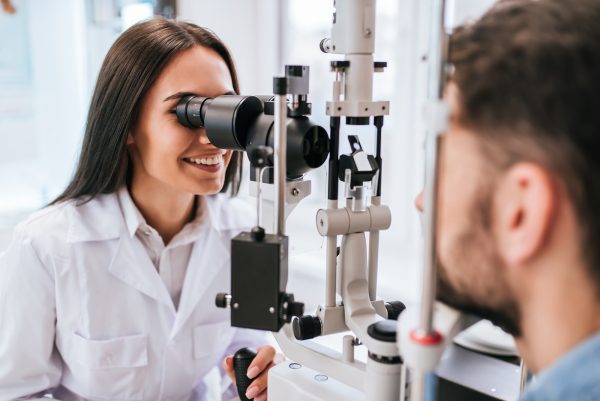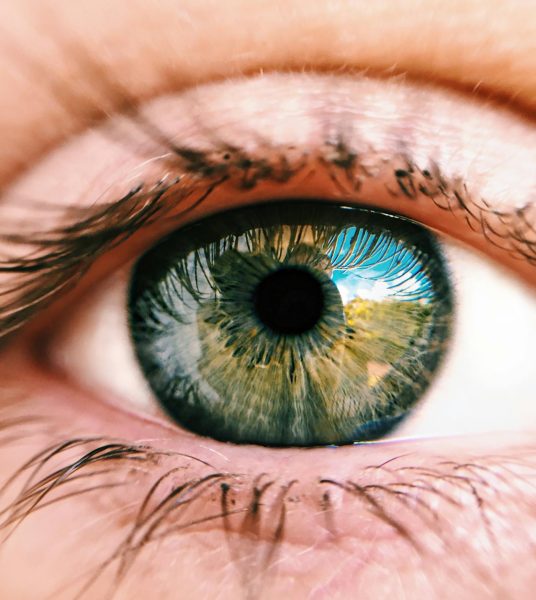Myopia, commonly known as nearsightedness, is a prevalent vision condition affecting individuals worldwide. Characterized by the ability to see close objects clearly while distant objects appear blurry, myopia can significantly impact one’s daily life if left unmanaged. Let’s look into the symptoms, causes, risk factors, complications, and management strategies associated with myopia.
Symptoms of Myopia
Identifying the symptoms of myopia is crucial for timely diagnosis and intervention. Common symptoms include:
- Blurry vision when looking at distant objects.
- The need to squint or partially close the eyelids to see clearly.
- Headaches.
- Eye strain.
- Tiredness when engaging in activities requiring distance vision, such as driving or playing sports.

Causes of Myopia
Understanding the underlying causes of myopia aids in better management and prevention strategies. While the exact cause remains elusive, myopia is believed to be influenced by a combination of genetic and environmental factors. Key factors contributing to myopia development include:
- Genetic predisposition, with a family history of myopia being a significant risk factor.
- Prolonged engagement in close-up activities such as reading or prolonged screen time.
- Inadequate outdoor exposure during childhood.
- Ethnicity, with certain groups exhibiting higher rates of myopia than others.
Risk Factors
Several risk factors increase the likelihood of developing myopia, including:
- Family history of myopia.
- Extensive engagement in close-up activities.
- Limited outdoor exposure during childhood.
- Ethnicity, with certain populations showing a predisposition to myopia.
Complications of Myopia
While myopia is often manageable with corrective measures like glasses, contact lenses, or refractive surgery, certain cases may lead to complications, including:
- Cataracts.
- Glaucoma.
- Optic neuropathy.
- Neovascularization.
- Retinal detachment.
Pathological myopia, characterized by extreme nearsightedness, poses an increased risk of severe eye conditions, including retinal detachment and glaucoma.
Management and Treatment
Effective management of myopia involves a multi-faceted approach tailored to individual needs. Treatment options include:
- Prescription eyeglasses or contact lenses to correct refractive errors.
- Orthokeratology, a non-surgical procedure involving the use of specially designed contact lenses to reshape the cornea.
- Refractive surgery, such as LASIK or PRK, to permanently reshape the cornea.
- Lifestyle modifications, including reducing screen time and increasing outdoor activities.
Regular eye examinations are essential for monitoring changes in vision and detecting any potential complications early on. Myopia is a prevalent vision condition with significant implications for affected individuals. By understanding the symptoms, causes, risk factors, and management strategies associated with myopia, individuals can take proactive steps to preserve their vision health. Early detection and intervention are paramount in mitigating the risk of complications and maintaining optimal visual acuity throughout life.

Find a LASIK Surgery Location Near You
We’re located nationwide – it’s easy to find a LASIK Vision Center near you.
Source:
Nearsightedness (Myopia) | National Eye Institute. (2023, July 25). https://www.nei.nih.gov/learn-about-eye-health/eye-conditions-and-diseases/nearsightedness-myopia
Categories:



